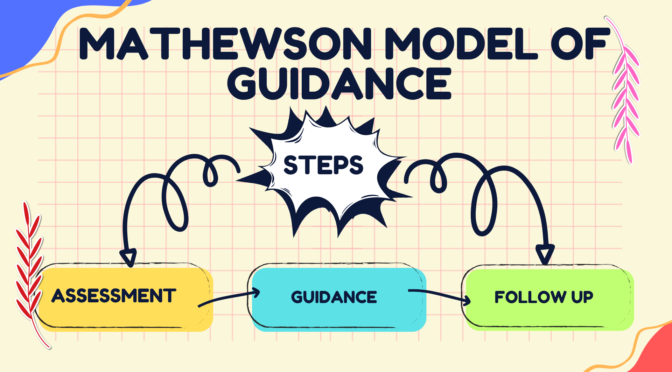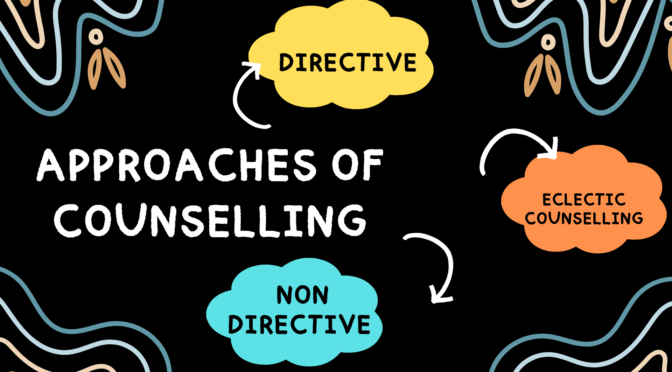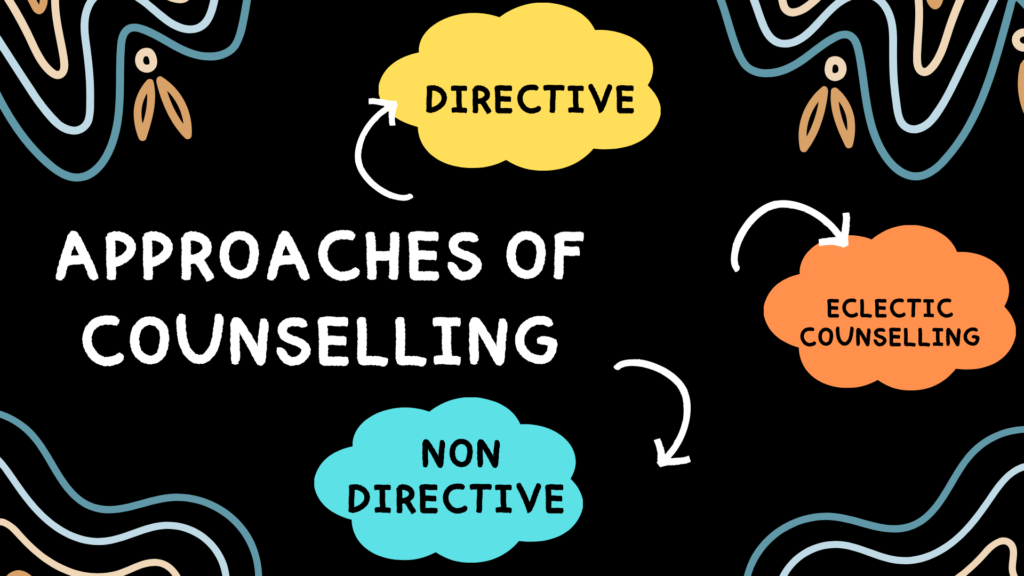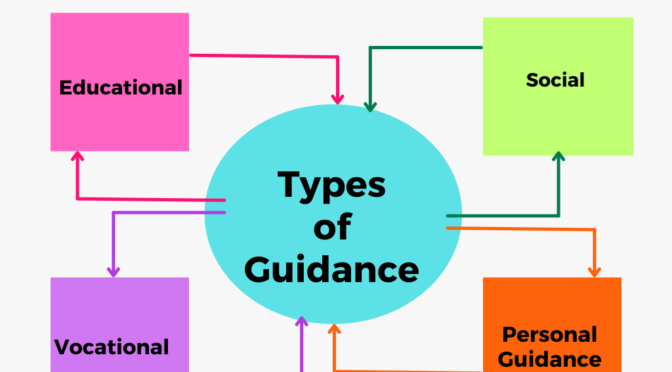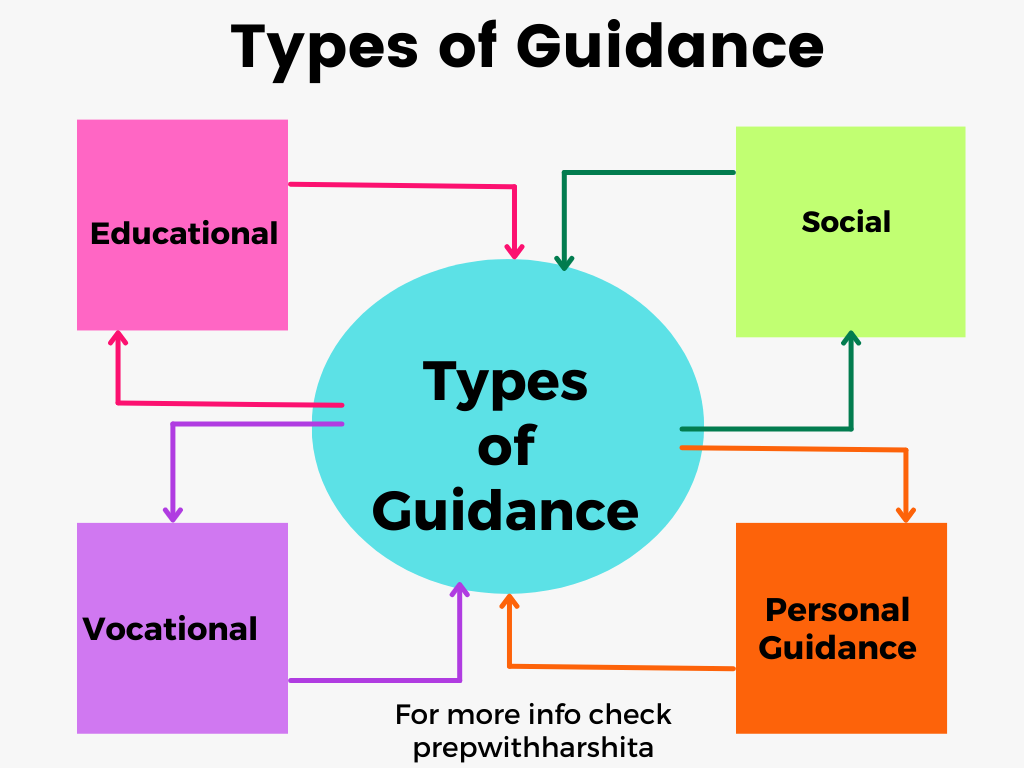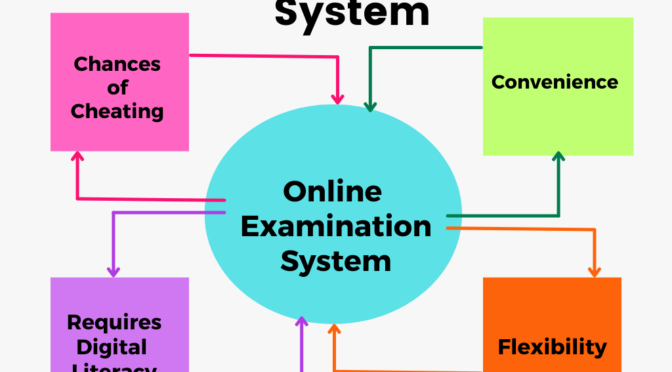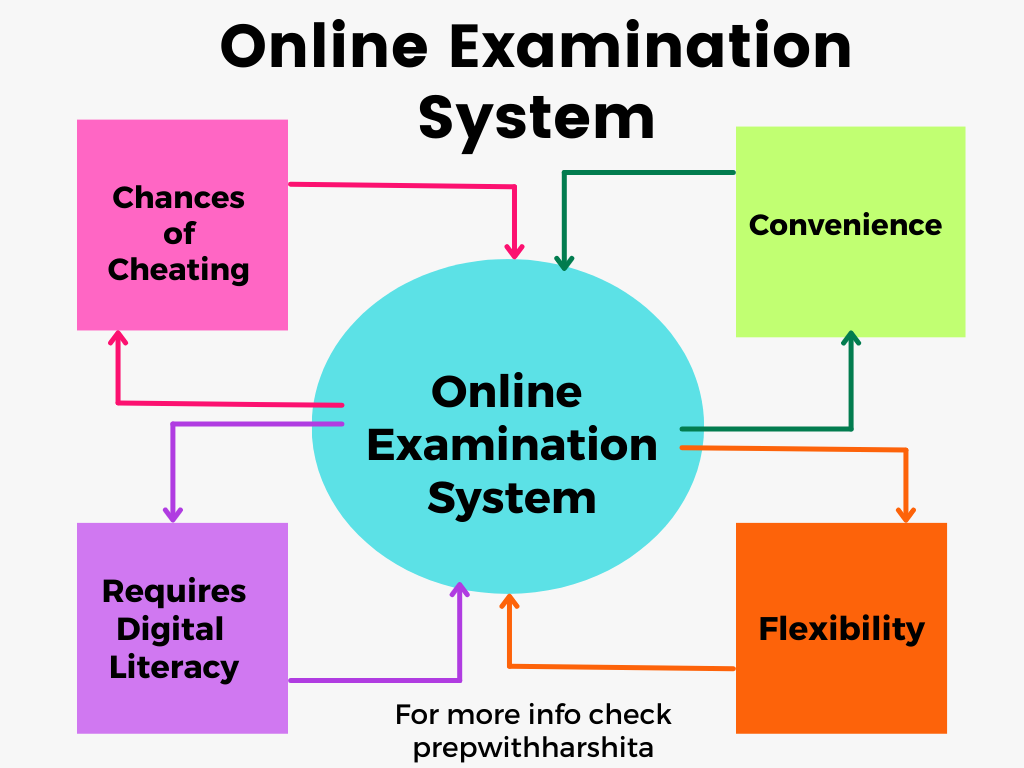The Mathewson Model of Guidance is a comprehensive approach to counseling that is based on the idea that the purpose of guidance is to help individuals make choices and decisions that are appropriate for their unique needs, interests, and abilities.
The model involves three key components, namely Assessment, Guidance, and Follow-up, which are explained in detail below:
- Assessment: The first step in the Mathewson Model of Guidance is assessment. This involves gathering information about the individual’s interests, abilities, values, and personality traits. The counselor may use various standardized tests, interviews, and other assessment tools to gain a better understanding of the individual’s needs and preferences. The information gathered during the assessment phase helps the counselor to develop a more personalized plan for the individual.
- Guidance: The second step in the Mathewson Model of Guidance is guidance. This involves providing information, advice, and support to help the individual make informed choices and decisions. The counselor may provide information about different career paths, educational opportunities, and personal development strategies. The guidance process is collaborative, with the counselor and individual working together to develop a plan that is tailored to the individual’s goals and needs. The counselor may also help the individual develop problem-solving and decision-making skills that will serve them well throughout their lives.
- Follow-up: The final step in this Model of Guidance is follow-up. This involves monitoring the individual’s progress and providing ongoing support as needed. The counselor may help the individual develop strategies to overcome obstacles, provide feedback on progress, and offer encouragement and motivation to stay on track. The follow-up phase is important because it helps the individual to stay accountable and committed to their goals.
Overall, the Mathewson Model of Guidance is a client-centered approach that emphasizes the importance of individualized support and guidance. By providing personalized guidance, counselors can help individuals achieve their goals and reach their full potential.
The Mathewson Model of Guidance is widely used in counseling and educational settings, and has been shown to be effective in helping individuals make positive life choices.
Also Read : Group Guidance
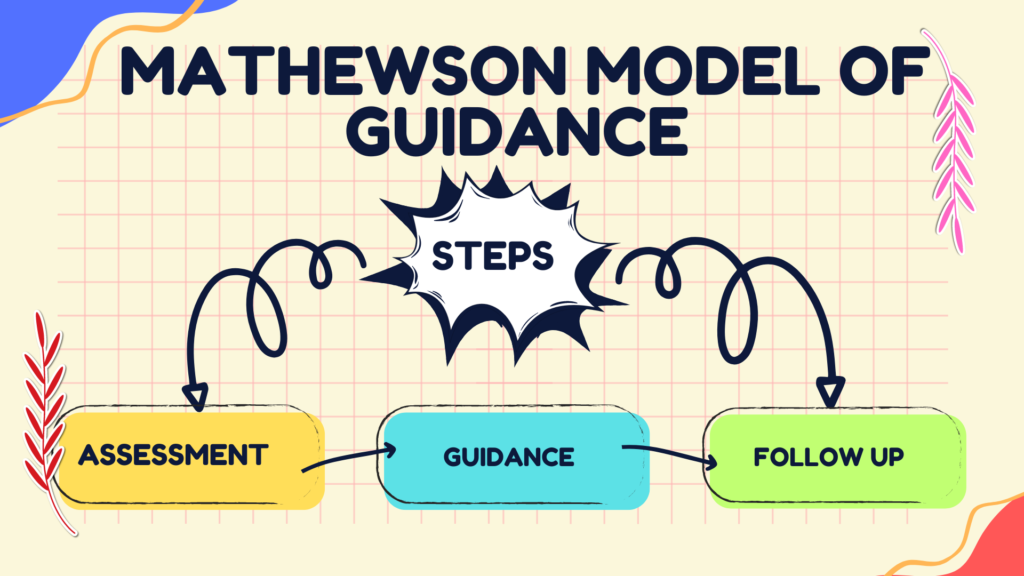
Also Visit : Prep with Harshita

